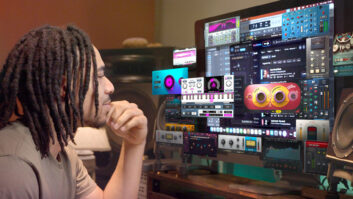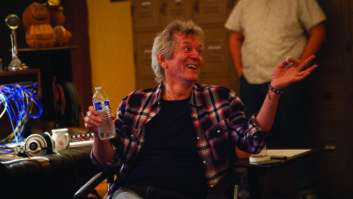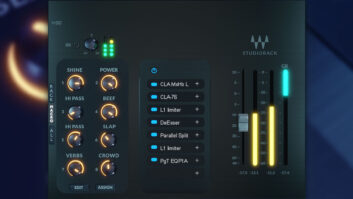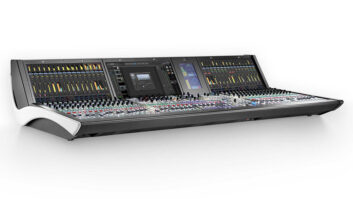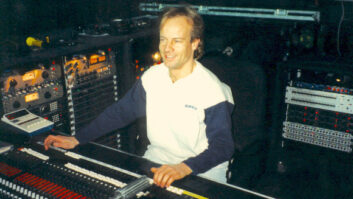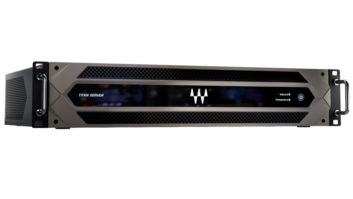TEL AVIV, ISRAEL, February 13, 2014 — Live FOH engineer Oliver Voges (Faith No More, Deftones, Tangerine Dream, David Copperfield, Sarah Brightman) is part of the ongoing trend of leading cutting-edge live engineers who are turning to WavesLive tools. Voges has mixed live shows at major festivals such as Rock am Ring, Wacken Open Air, Download Festival, Monsters of Rock, and the Montreux Jazz Festival, and for TV events such as the ECHO Awards, the European MTV Music Awards, and the Eurovision Song Contest. Recently, touring with top German rapper Casper, Voges has been using Waves MultiRack SoundGrid® with Waves SoundGrid Server One to run Waves plugins on a Yamaha CL5 Digital Mixing Console.
Voges notes: “Over the last two years, in all my festival and indoor shows with German rap artist Casper, Waves plugins have been an essential part of my live processing. Casper performs with a full five-piece rock band. My main goal is to transfer the musical vision and energy from the studio recording to a live performance. In order to achieve this, live instruments and electronic sounds need to be glued together with a huge foundation of low end. This production is extremely challenging since it encompasses such diverse musical styles—hardcore, hip-hop, indie—creating an immense variety of sound.”
He continues: “My list of must-have Waves tools is as follows. For a solid sub range: the Waves MaxxBass plugin, tuned to 43 Hz, with the input routed via an AUX send, using it as a special FX sub for different sources, finalized by a L3-LL Multimaximizer in order to eliminate peaks and gain on the headroom. For drums: a combination of the very clear Yamaha CL5 input channel EQs to work on resonances, and different Waves EQ plugins for coloring. I love the V-EQ4 on kick drums and the SSL G-Equalizer on snare. For these channels I also use the Renaissance Axx compressor in order to get these pumping sounds I’m looking for. On the kit bus I do a NY-comp (parallel compression) with two API 2500s—one on the kit bus with nearly no compression, and one on the NY bus with huge gain reduction. This shapes the ‘in-your-face’ sound without having any phasing issues.”
His list of essentials goes on: “On Bass, I take the direct instrument from the stage and then use my own Super Tube GTR-Amp, followed by a Renaissance Bass with the API 2500 comp on the insert. The second bass signal is a pure bass FX stomp box chain from the stage. With a basic character of the first channel, I’ll never lose its tonal definition, even if a lot of FX signal is applied. My vocal chain is the Waves C6 Multiband Compressor for de-essing and de-popping, followed by a CLA-76 Bluey compressor with short attack and release times. On the vocal bus, I use a SSL 4000 G-Master Buss Compressor in order to match main, FX, and backing vocals. Finally, I use the GEQ Graphic Equalizer ‘Modern’ in high-Q mode in order to work on the different room resonances from day to day. The GEQ’s output is summed up together with the band mix by a matrix that feeds the PA. Before the GEQ`s insert point, the vocal bus plus the band mix are joined in another matrix, which is used for a specific mix that I supply to outside broadcast vans. This gives me different vocal/band levels for PA and recording, plus my vocal room EQ does not affect the sound of the broadcast mix.”
Visit http://www.waves.com/live-sound for more information.
